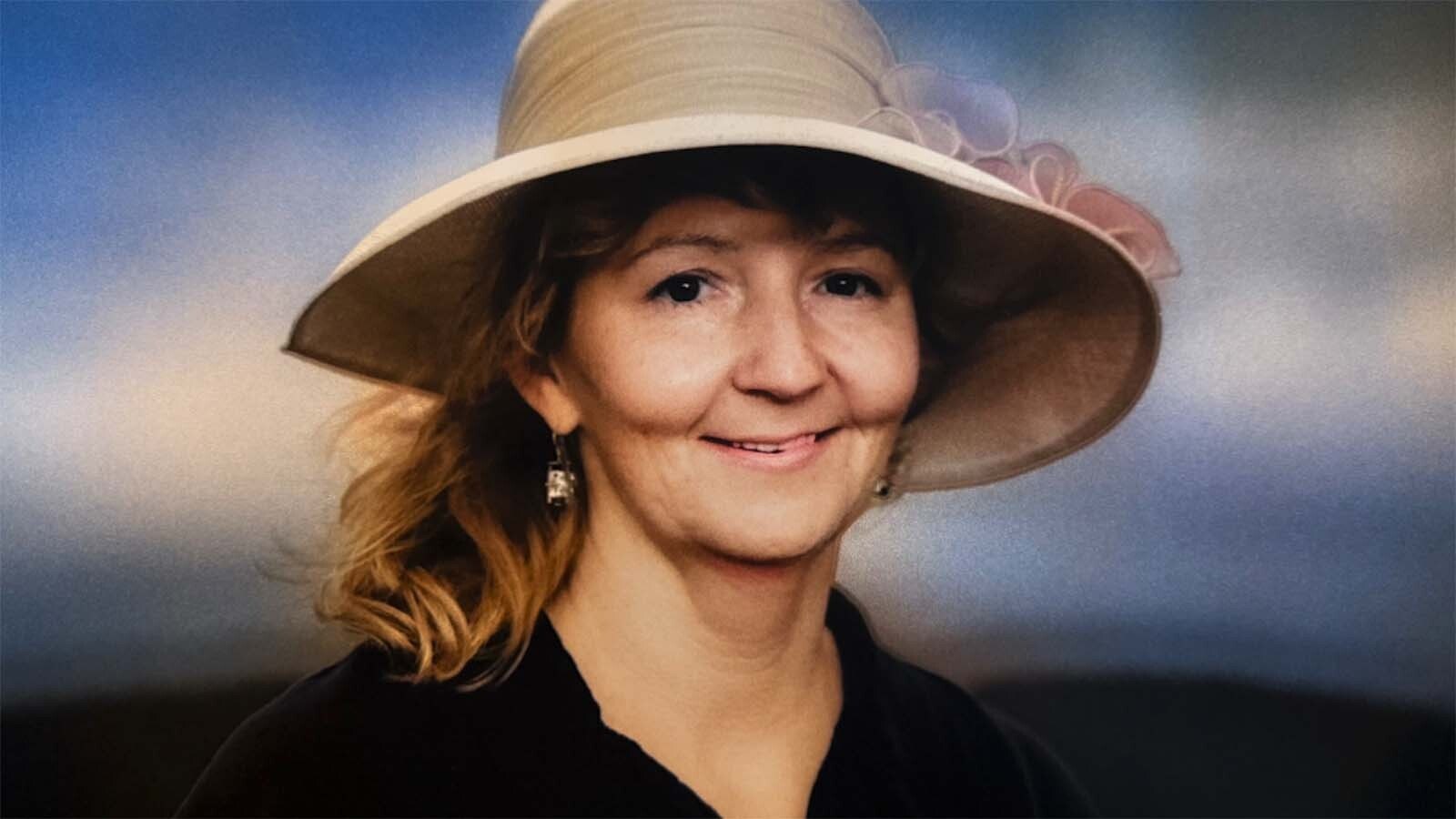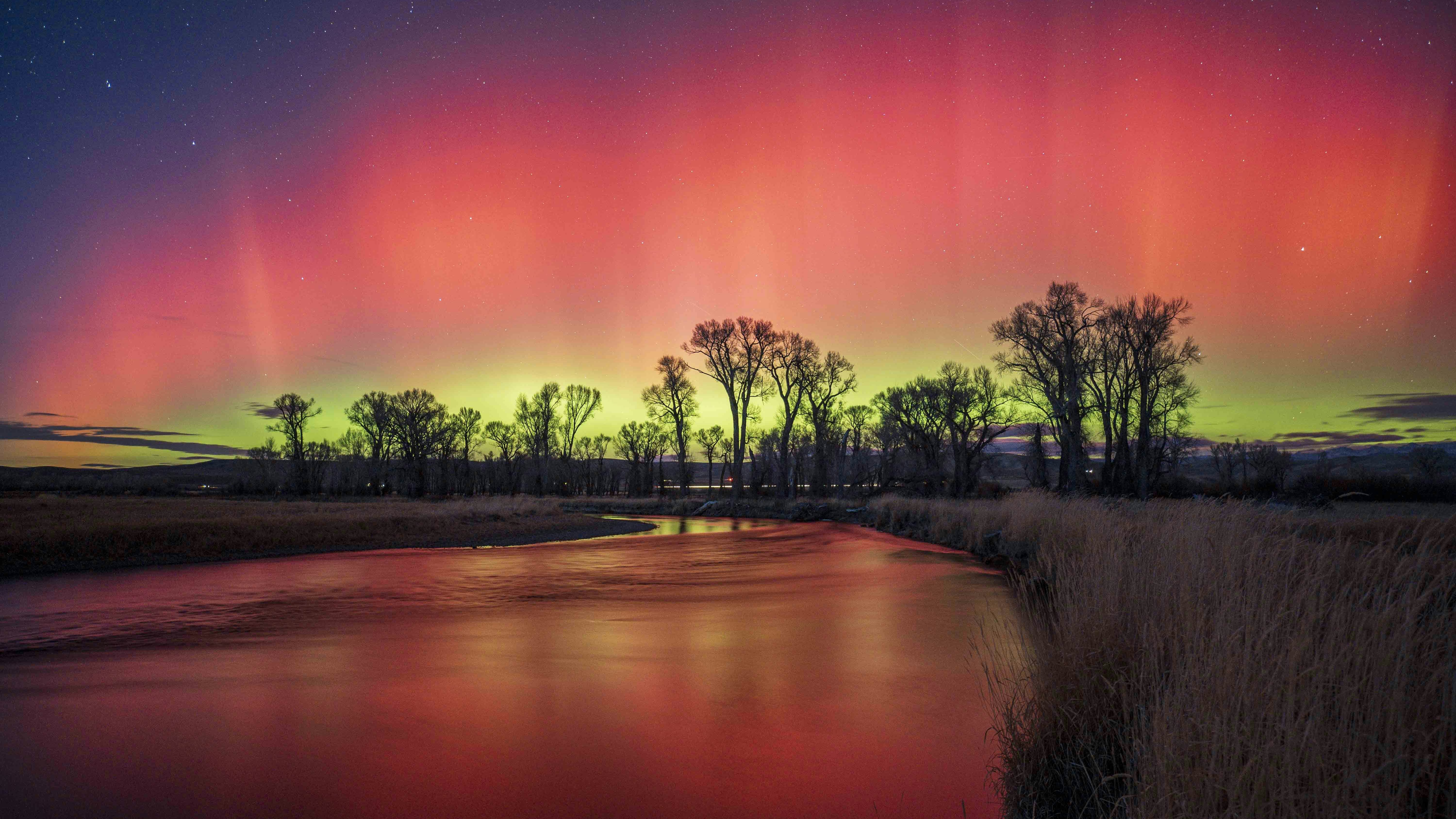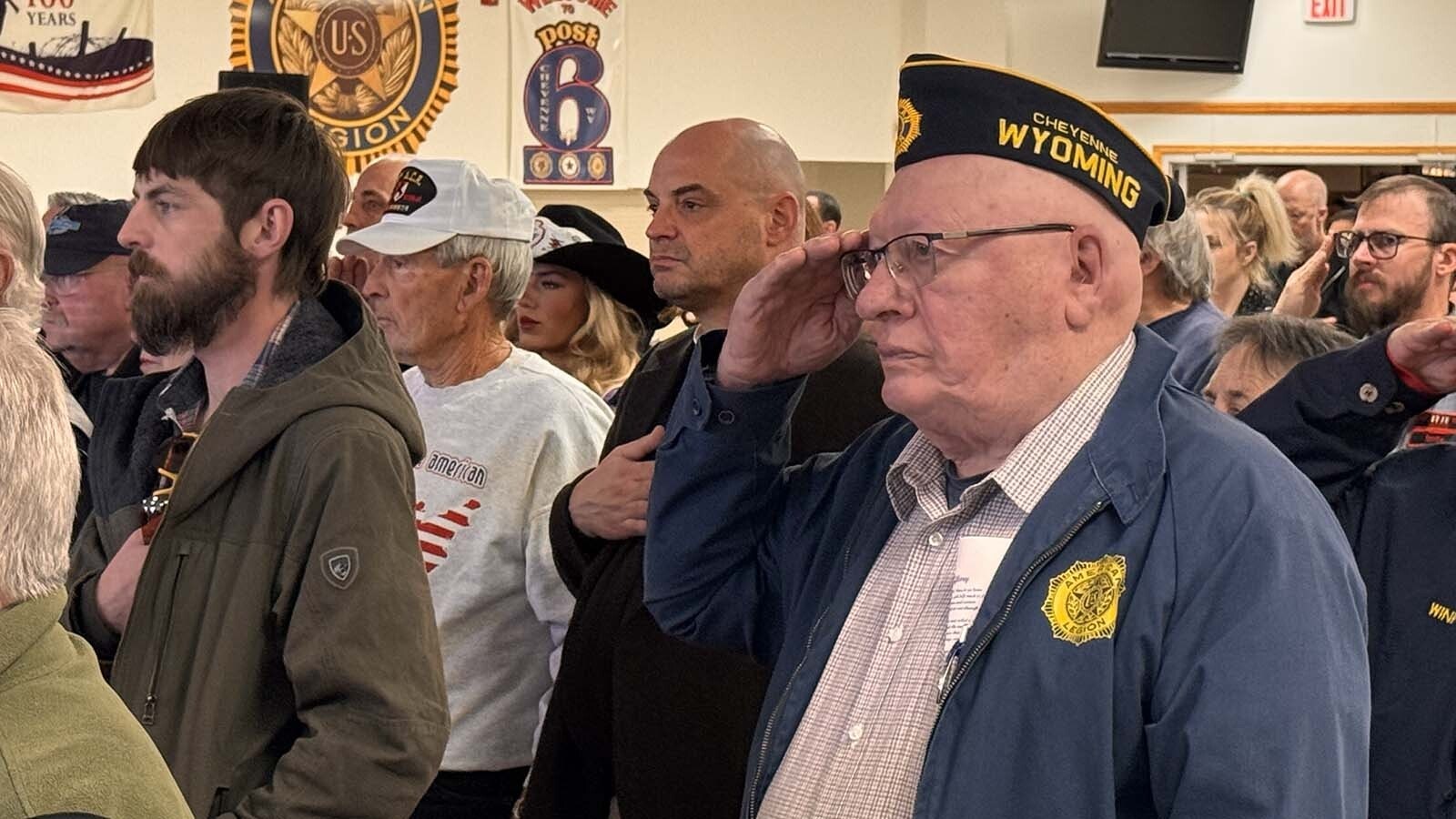This is the fourth in a series about the famous outlaw Butch Cassidy and his connection to Wyoming.
Stories of Butch Cassidy are known just about anywhere in America.
Like George Washington in the East, the last cowboy outlaw of the West seemingly slept everywhere. He’s also said to have left gold coins under emptied chicken dinner plates, saved little old ladies’ homes from greedy bankers and danced with young girls.
Somehow he still had time to rob banks and hide from the law, too.
But the Cassidy legends told in Dubois are unusually rich, and his adventures are quite easy to find in the small mountain town.
One need look no further than the town’s main drag.
The historic Welty’s General Store at 113 W. Ramshorn is where Cassidy once shopped — and where you can still shop for a variety of goods ranging from Western wear to Butch Cassidy postcards.
According to local legends, Cassidy traded a gun for some of the store’s goods, but not when the store was in its present-day location.
The Welty’s General Store didn’t appear in downtown Dubois until 1898, well after Cassidy had left the area. But according to the National Register of Historic Places, the first Welty’s store was established on the east side of Horse Creek, due north of present-day Dubois, in 1889.
Which is right when oral histories suggest Cassidy arrived in the area to start a horse ranch with a new pal, Al Hainer.
Frank A. Welty started the store because he wanted to supply his own agricultural and personal needs, as well as those of his neighbors.
The business became so successful he eventually bought a new downtown store from George Hays and Joey Yeomans. He brought his original store with him, relocating and reassembling it as an addition to the new store.
When finished, he signed one of the store logs with a pencil, a date that is still visible, according to the store’s National Register of Historic Places application filed in 1978.
Later additions and improvements were made to the store, the application goes on to say, but that original addition, where Cassidy would have shopped, remained part of the final footprint.
Tax Proof
The historical record backs up the story that Cassidy landed in Dubois in the winter of 1889-1890.
According to Bill Betenson in his book “Cassidy’s Wyoming Years,” delinquent tax records found in the Fremont County Courthouse basement show Cassidy and Hainer owed $27.11 for the 1890 property tax year in the area that would one day become Dubois.
Betensen does not say what names the record shows either man using at the time. Nor does the tax record say what property the taxes were assessed on.
Land at that time couldn’t really be owned by anyone, as Dubois had not been surveyed. That would tend to suggest the property taxes must have been levied on some kind of livestock.
Even if land could not yet be owned, squatters could and would build cabins to live in at the time Cassidy arrived, and so the date on the tax record is probably the figure of most interest here.
It aligns well with all of the oral history in Dubois that says Cassidy showed up in fall 1889 with a small herd of horses and a penchant for horse racing.
There’s also a photo in the Dubois Museum from that time period showing what’s believed to be Cassidy sitting in front of Hewitt Youman’s finished cabin alongside a man who could be Hainer. If so, it’s the only photo of the man Cassidy took up with after the Telluride bank robbery.
Besides Youmans, the photo also shows two men wearing what look like banker’s suits. They are identified by some historians as Eugene Amoretti Jr. with Tom Moriarty and others as Frank B. Nichol with Moriarty.
Eugene Amoretti Jr., was son of the EA ranch’s owner, Amoretti Senior, who was later said to be one of Cassidy’s best friends. It’s noteworthy that the Amoretti bank in Lander was never robbed during Cassidy’s outlaw years.
Outlaw And Author
Dubois oral histories get an intriguing boost from an unlikely source.
The world-famous Western author Owen Wister, who wrote “The Virginian,” was in Dubois in the same timeframe that oral history says Cassidy was in Dubois, and that they met.
There also are journal entries from Wister that have intrigued some historians enough to write entire books centered around that meeting between outlaw and author before either man had become famous.
In journal entries of the time, Wister talks about “walking up” the river to see the property his friend, George West, was improving.
He also talks about playing cards with the cowboys working in the area.
“Friday Oct 18th. Smith’s ranch, Horse Creek and Wind River,” Wister’s journal entry reads. “Got here at 4 yesterday — 20 miles. Played cards ’til 10 — quite a gang here. Weather cloudy today — walked up to his ranch with West. The country is slowly filling up with people — ie, a new cabin in building just above here.”
Youmans was the only cabin being constructed just above Smith’s ranch, according to historian David Bell in his book “The Author and the Outlaw.”
There’s another entry of note as well in Wister’s journal. It mentions an injured cowboy named Carson, who hurt his leg while branding horses. He was taken to a doctor by two cowboys named “Al Doherty and Bob” on Oct. 22, who had brought in a load of hay for Youmans.
Cassidy’s real name was Bob Leroy Parker, while Al Hainer’s real name and origins remain unknown.
Whether Bob and Al Doherty were Cassidy and Hainer is impossible to know. But the timeframes do align, and, the names are doubly intriguing, given that Wister spent more than a month in the area where Cassidy was also spending time.
Wister left the area in late November 1889, writing, “I certainly hate to leave this country — and should like to pass the winter with the Dubois gang — hunting — fishing — and playing cards at night — bed by 9, breakfast by 7 — and scanty changes of raiment.”
It would seem from all of this that it’s highly unlikely Wister didn’t meet Cassidy face to face and play a game of cards or two with him — even if neither man was, at the time impressed, by the other.
Store Stocked With Cassidy Tales
Welty’s today is owned by the original Welty’s descendant, who is also named Frank Welty.
Cassidy, according to Welty family legend, traded a gun to the first Frank Welty in 1889 for some of the items he needed while in Dubois. Cigars, perhaps, according to one of the tales told around town. Bandannas according to another.
Meanwhile, the current Frank Welty told Cowboy State Daily he still owns the gun Cassidy traded to his ancestor, though he doesn’t display it or even keep it in the store anymore. He keeps it hidden away after some thieves tried breaking into the store to steal it.
One of the best things about the general store today is just how many people come shop at the store and share Butch Cassidy stories with him, he said.
“If they tell their Butch Cassidy story, I tell them mine,” he said.
Shopping at Welty’s is a fun afternoon’s excursion in Dubois.
Western wear, Western art and artifacts, dishes, Wyoming foods and more are all crammed into every nook and cranny of the store, which is built of beautiful old knotty pine. Welty remembers helping strip pine logs for the old store, and one of them in particular, which was taken before he had quite finished the job.
It still has a little of the bark, which was sealed with varnish.
Old cash registers from National Cash Register Co., which advertised their cash registers would last forever, are still in use. And there are many other historical items at the store, along with lots of taxidermy critters ranging from trophy deer and buffalo to hoot owls and other birds in flight.
Following The Trail
But the Welty’s store is not the only fun Cassidy excursion available from the basecamp of Dubois.
There’s also the Jakey’s Fork Homestead in Dubois, an Airbnb that makes a great springboard for all kinds of outdoor fun in the small mountain town. The ranch is 4 miles from where oral history says Cassidy and Hainer were living in that cabin they built for Youmans.
That’s on private property, but could make a nice horseback ride for an afternoon, if one has permission.
Jakey’s Fork Homestead once belonged to John and Margaret Simpson, the great-grandparents of former U.S. Sen. Al Simpson.
According to “Tales of The Oldtimers” by Frederick R. Bechdolt, Cassidy spent Christmas 1889 at the Simpson ranch, where he was the life of the party.
“Butch Cassidy set the pace, with his tow-colored hair in wild disorder and his puckered blue eyes blazing,” Bechdolt wrote in his book, adding that children hovered around him, and that later they all had eggnog and played games.
The cabin Cassidy and Hainer were staying in was adjacent to the EA Ranch, where oral histories suggest the two met while working as cowhands.
Other stories suggest Hainer could be the mysterious “Brown” mentioned by Matt Warner in his memoir the “Last Bandit Rider” as being Cassidy’s destination after the Telluride robbery.
Bechdolt was also first to tell the story about a flu epidemic, where Cassidy rode through a blizzard to obtain home remedies from Margaret to bring to some cowboys who were sick.
Bechdolt based his stories on oral histories he collected from people who were contemporaries of Cassidy at the time, though, in the style common at that time, he didn’t footnote or explain his sources very clearly.
The story has since been questioned by some historians, but it was also retold by American Weekly Magazine in its “Manhunting with the Pinkerton” series, based on interviews with Pinkerton’s David C. Thornhill.
“Cassidy rode from ranch to ranch, from cabin to cabin, through towering snowdrifts, in Arctic cold, exposed to contagion, distributing Mrs. Simpson’s remedies,” Thornhill’s account states. “Then it was that he got the other nickname, Dr. Cassidy.”
Read more
Butch Cassidy in Wyoming: How The Outlaw Got His Name Remains A Mystery
Butch Cassidy In Wyoming: Outlaw Buddy Matt Warner Started A Criminal Life Early
Butch Cassidy In Wyoming: A Perfect Hideout After His First Bank Robbery
Renée Jean can be reached at renee@cowboystatedaily.com.





















